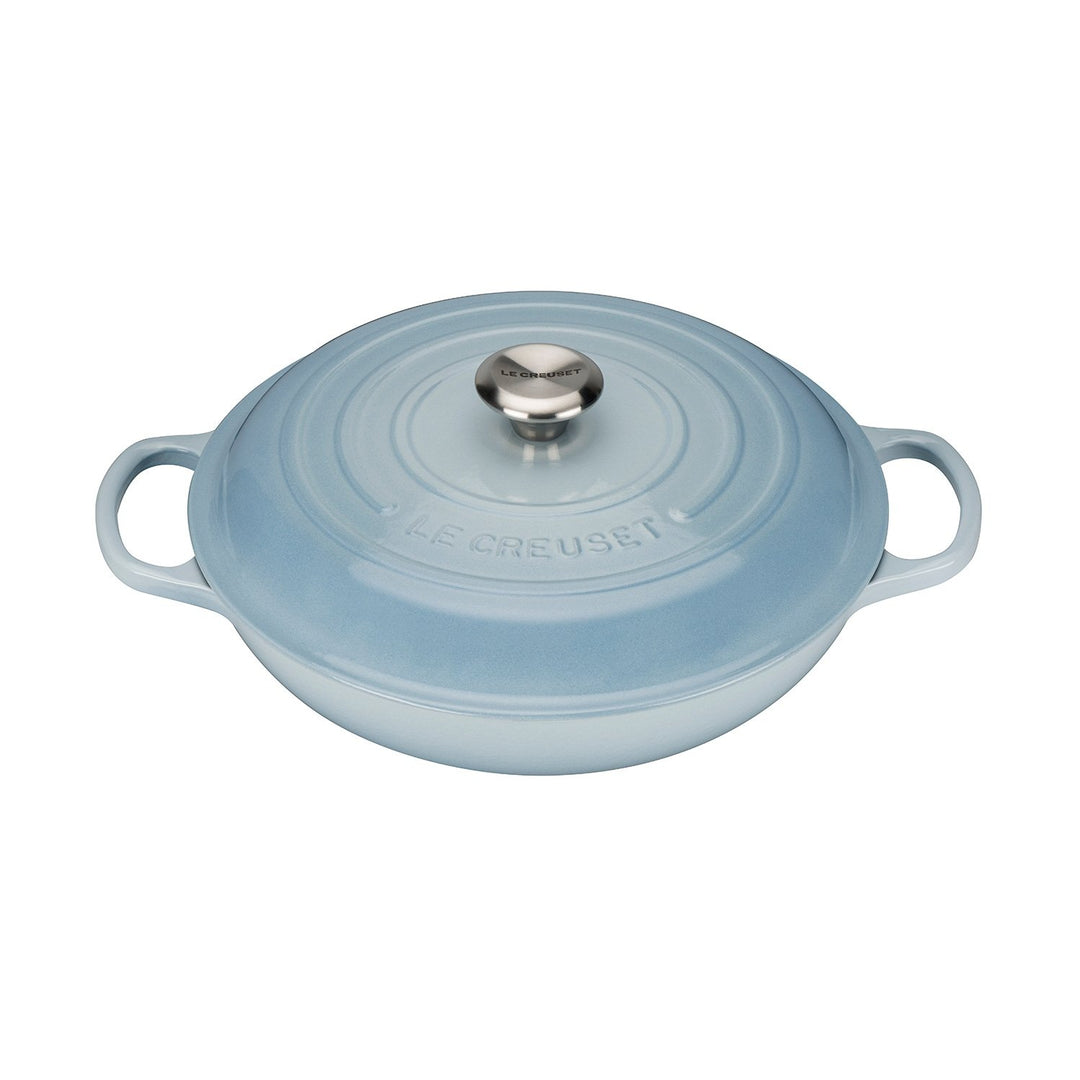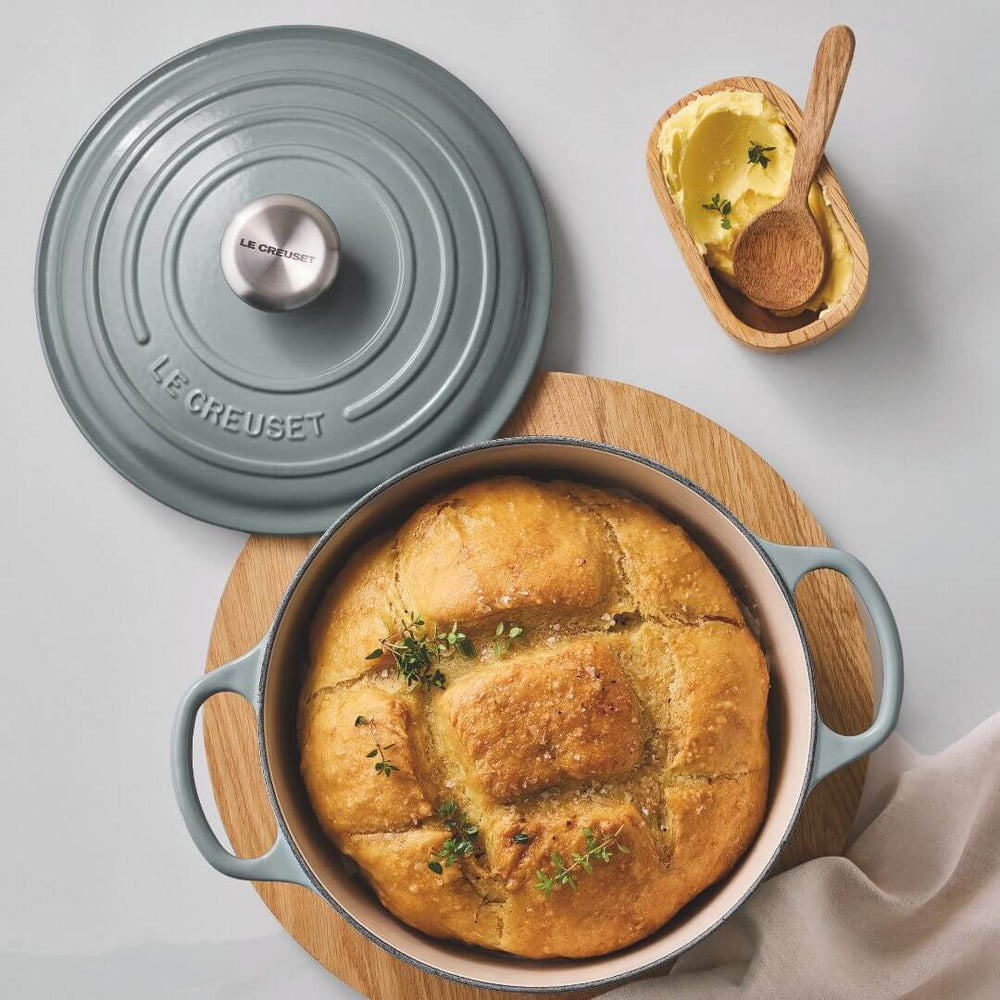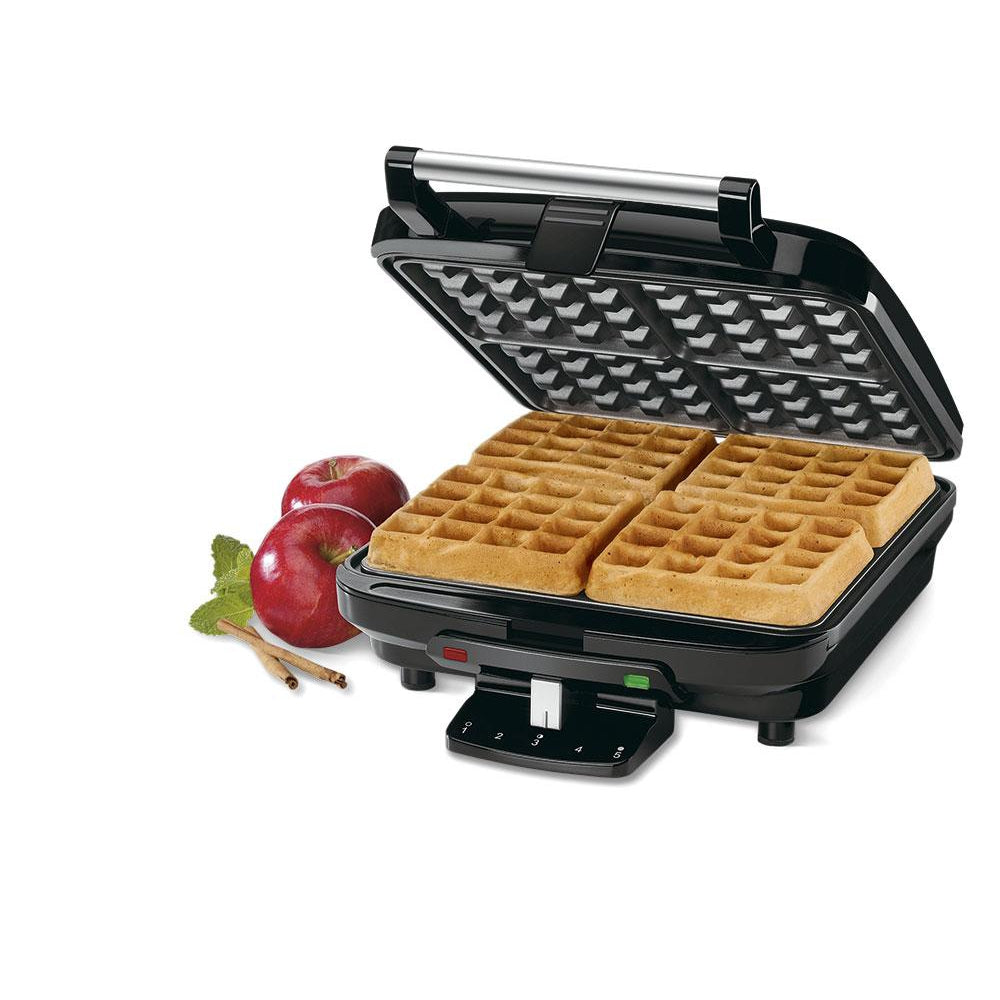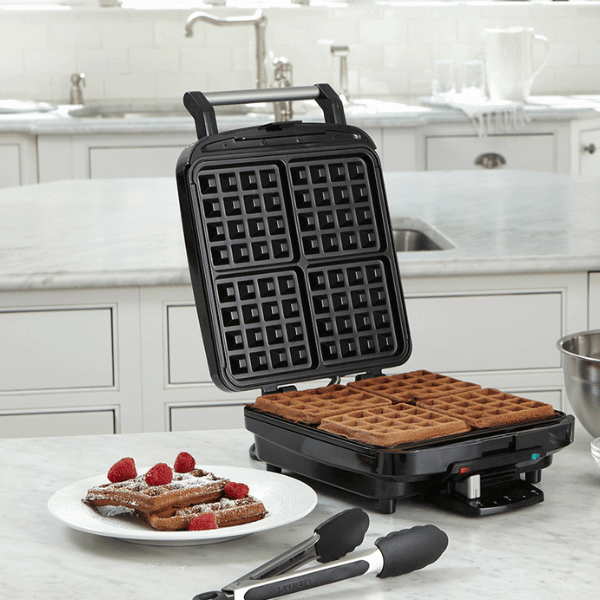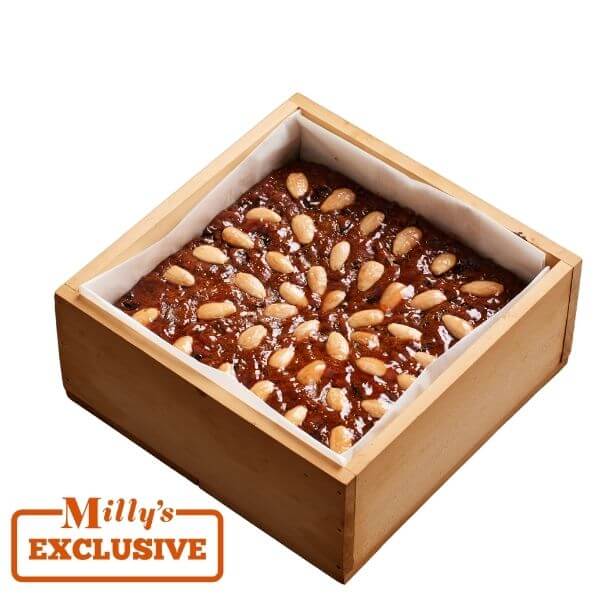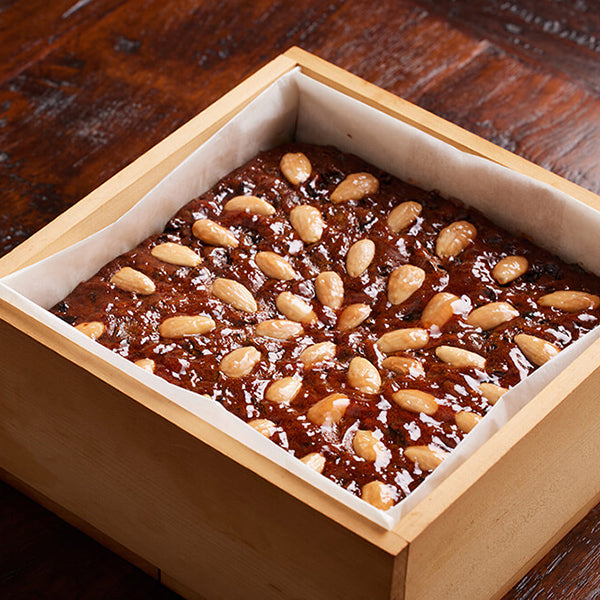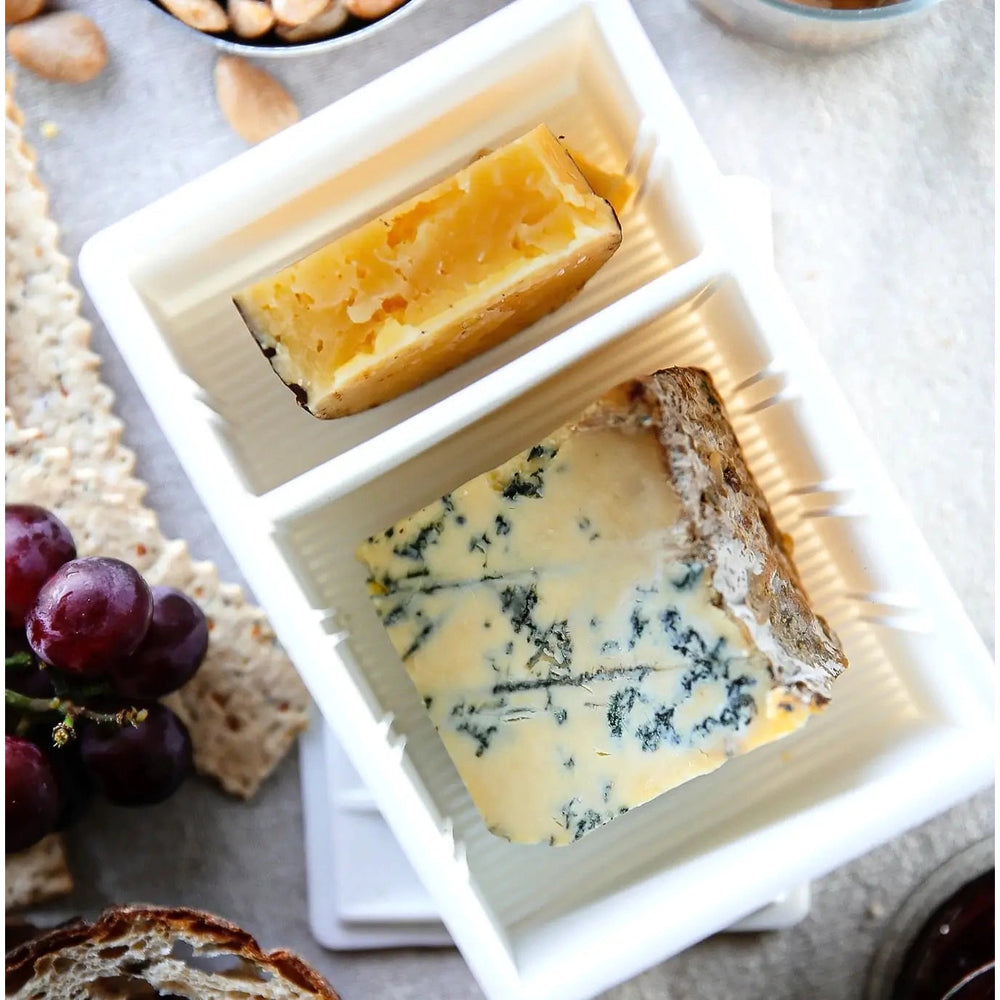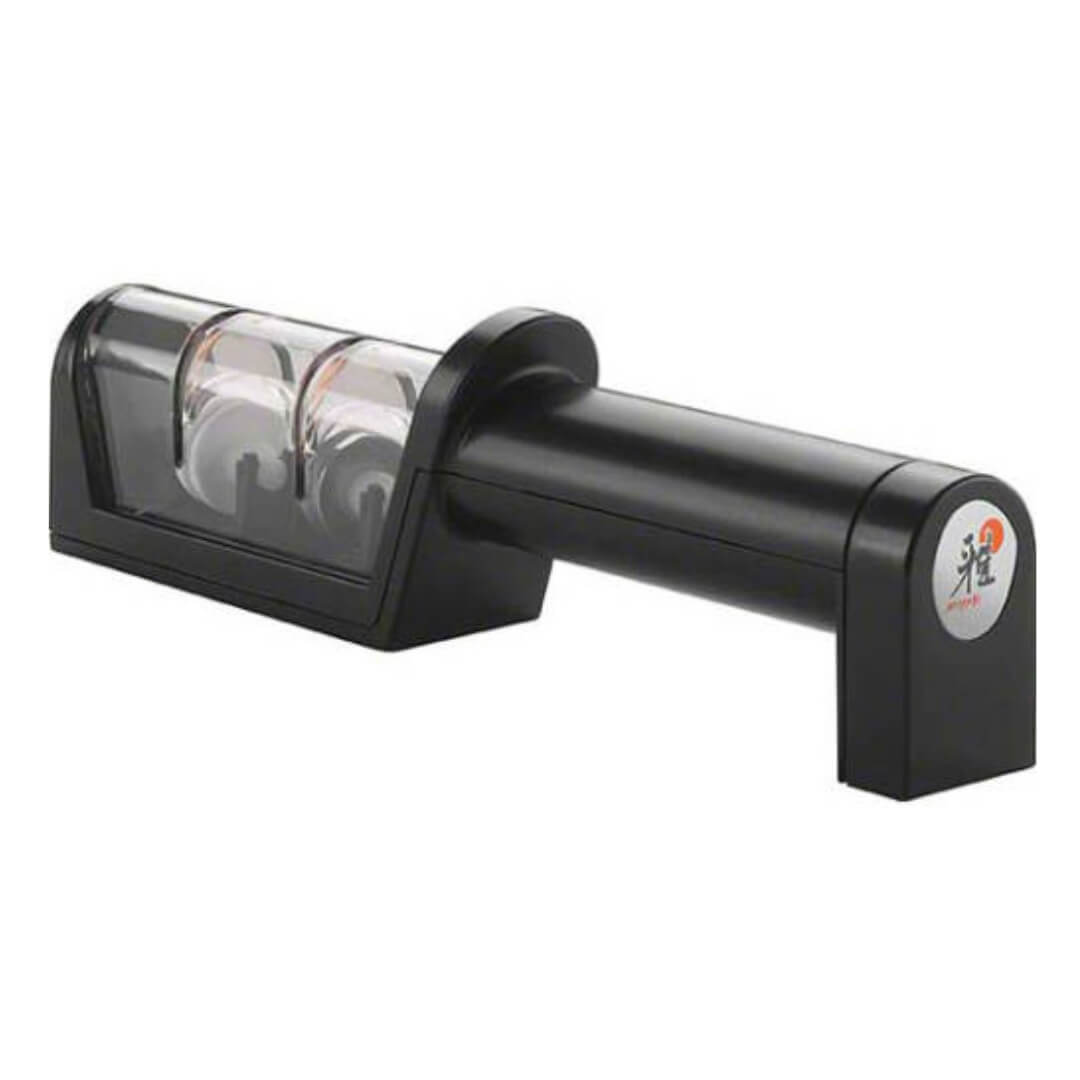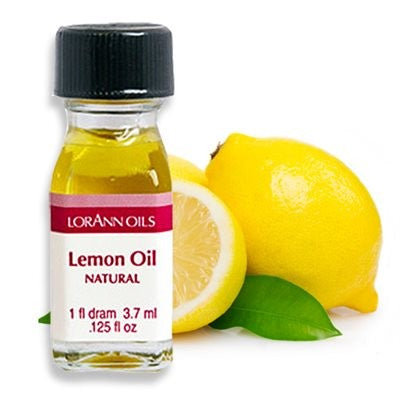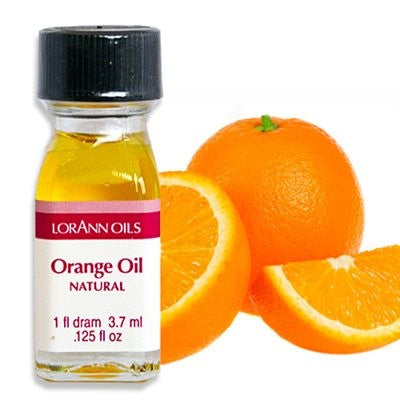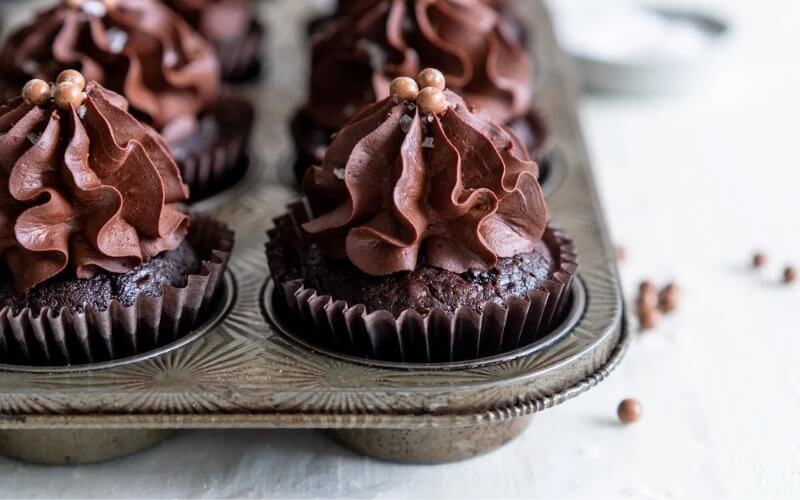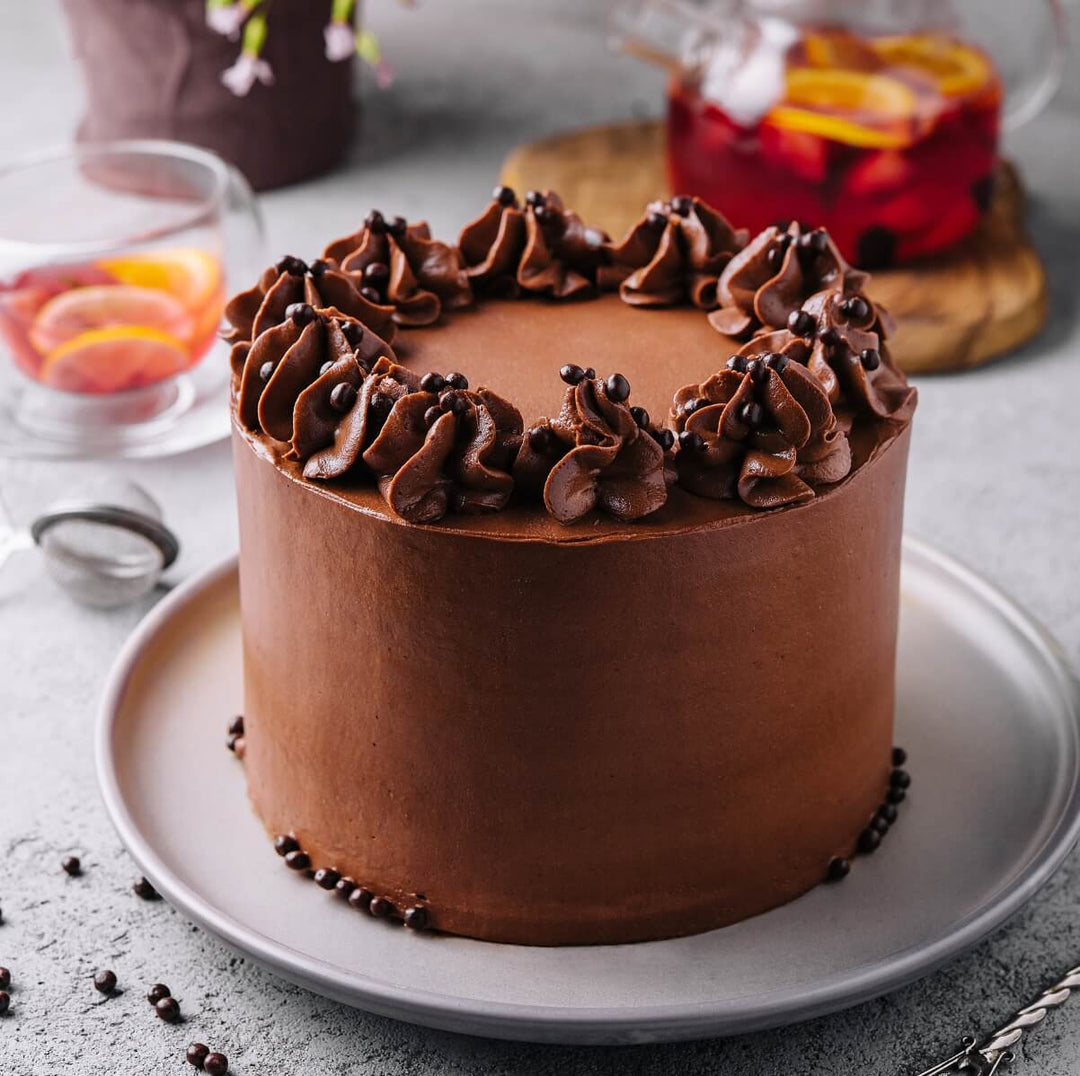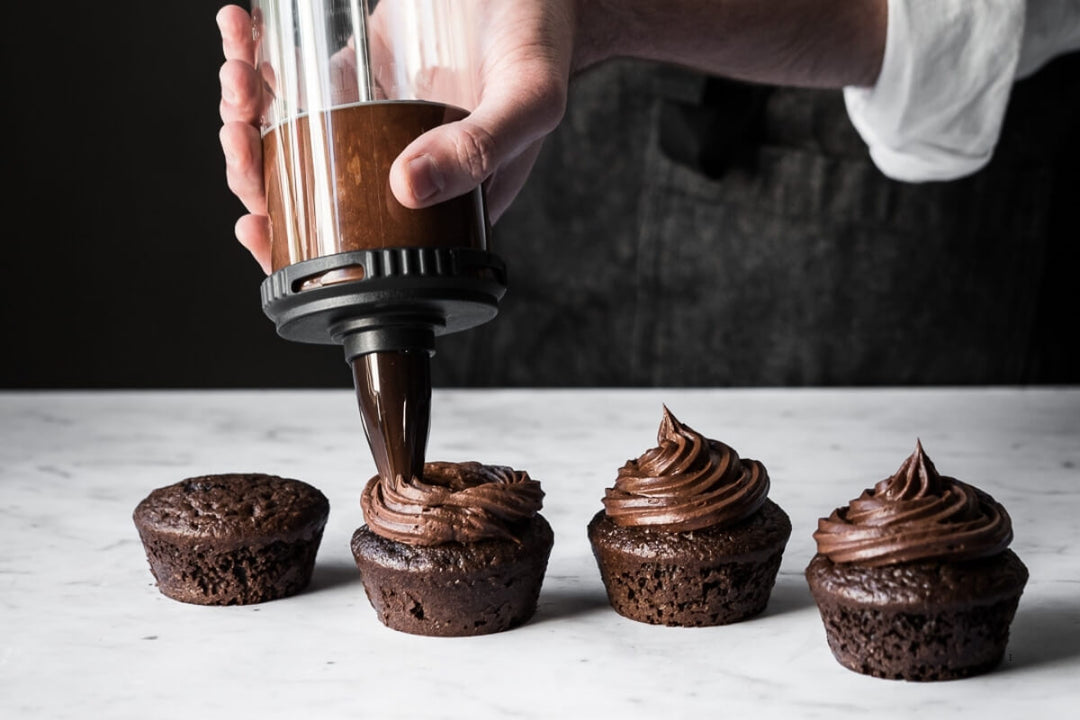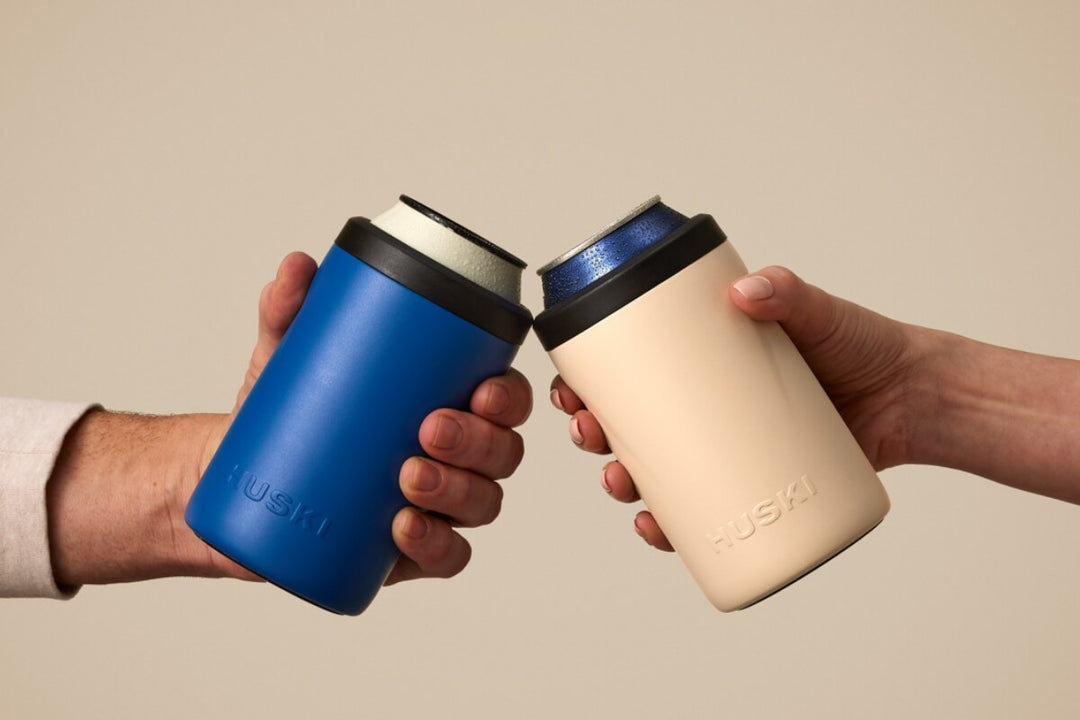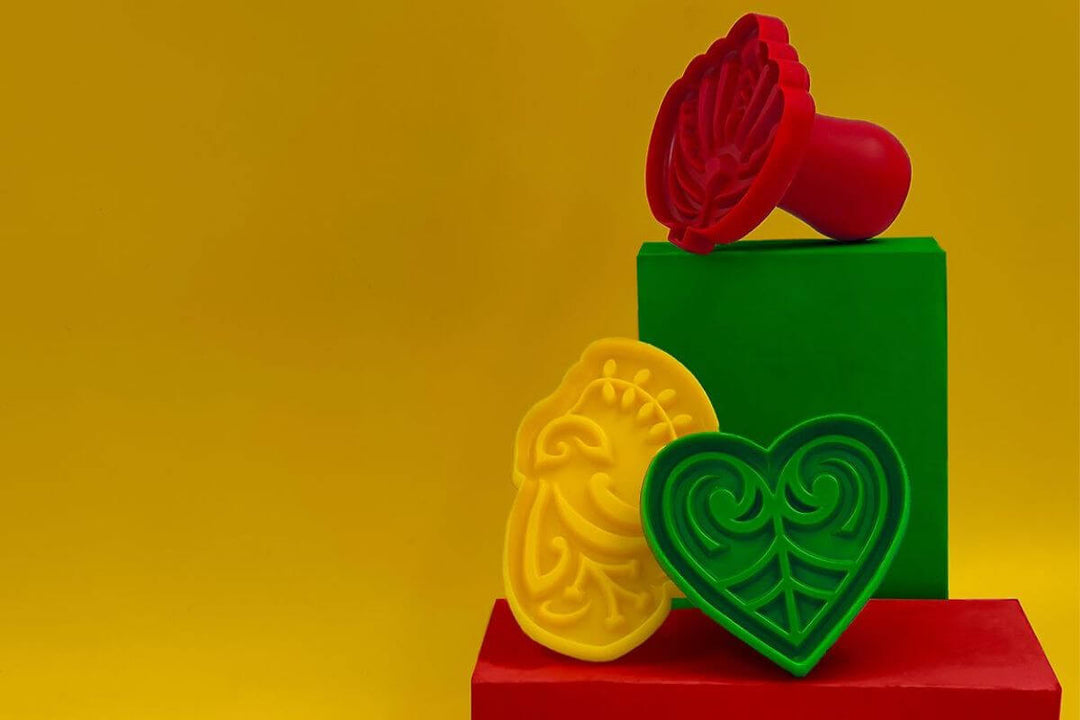Caring for Your Ironclad Pan
If you’re new to the world of iron skillet cooking, the first and most crucial step is called “Pre-Seasoning”. It takes a little time, but you only have to do it once. Do it right and your great-great grandchildren will thank you.
Pre (or Re) seasoning. What you’ll need: An Ironclad Pan. Fine steel wool. Mild dish soap. Running water. An oven. Two to three cups of tea. Grapeseed oil. A dry cloth. Elbow grease.
1. Wash. Scrub your pan with steel wool, mild dish soap, and hot water. This is the only time you’ll ever use soap, a scourer and real elbow grease for the entire lifecycle of your Ironclad Pan.
2. Rinse and dry thoroughly. Rinse with cold water, then dry. We mean bone-dry.
3. Pre-heat. Set your oven to 100°C. At full heat, place your skillet in the oven for 10 minutes. Exposing your new Ironclad Pan to this temperature and time will open the pores in the high-grade iron, allowing the iron to better absorb each seasoning for the rest of its long life. This is where the first cup of tea will come in handy.
4. Oil. Using a clean cloth, or paper towel, rub a tablespoon of grapeseed oil over the warm skillet, inside and out, including the bottom. You’re rubbing oil into the surface, not onto it. Wipe off any excess. The end result should be a thin coat of oil across the entire surface. Your Ironclad Pan should now have a dull matte finish and look dry.
5. Bake. Turn the oven up to 180°C. At full heat, place the skillet upside-down in the middle of your oven. Bake for another 10 minutes, remove from the heat, and wipe off any excess oil.
6. Crank the heat. Return your Ironclad Pan upside-down to the middle of your oven. And turn up the heat to 220°C. Leave it to bake for an hour.
7. Cool. Turn off the heat and allow your Ironclad Pan to cool completely in the oven. Once cool, you’re ready to go!
Daily Use & Care. Once your skillet has been pre-seasoned, it’s simple to care for - no dishwasher required and preferably no soap. Easy-peasy.
1. Wash. Rinse with hot water, ideally when the skillet is still warm from cooking. If you get hard to remove food, use a cloth or soft brush. Don’t forget, heat will do a deeper clean than any harsh cleaning product.
2. Dry. Ensure your skillet is bone dry after each use.
3. Oil. Before returning the skillet to its bag, apply a teaspoon of grapeseed oil to the entire surface with a dry cloth or paper towel. The older your Ironclad Pan gets, the better it gets. Register here for your Ironclad, Three Generation Guarantee™ and take good care of it so that it will last the distance.

A few tips keep the heat low to start with
In the early life of a cast iron skillet, your food may stick a little. It is a good idea to be generous with your cooking oils and fats to build up a non-stick base. Keep the heat to low or medium as your initial layers of seasoning develop. Some dishes are better to break your skillet in with; caramelising onions or frying chicken.
Avoid acidic or long simmered foods in the beginning
Acidic foods like tomatoes, wine, citrus, and vinegar can eat away at the skillet’s seasoning. So until your Ironclad Pan is better established, it’s best to avoid heavily tomato based sauces. You’ll know your skillet is broken in once your layer of seasoning has become reliably non-stick. Then a little acid here and there isn’t an issue.


